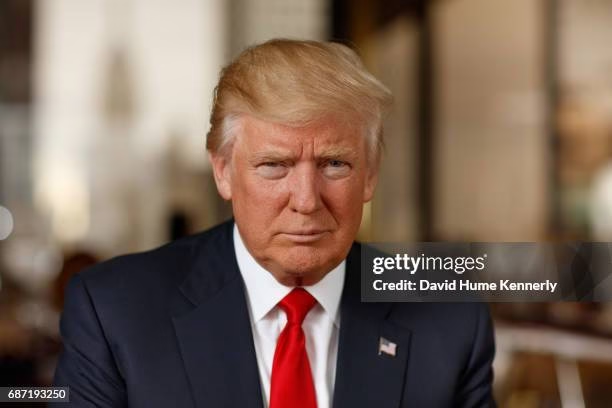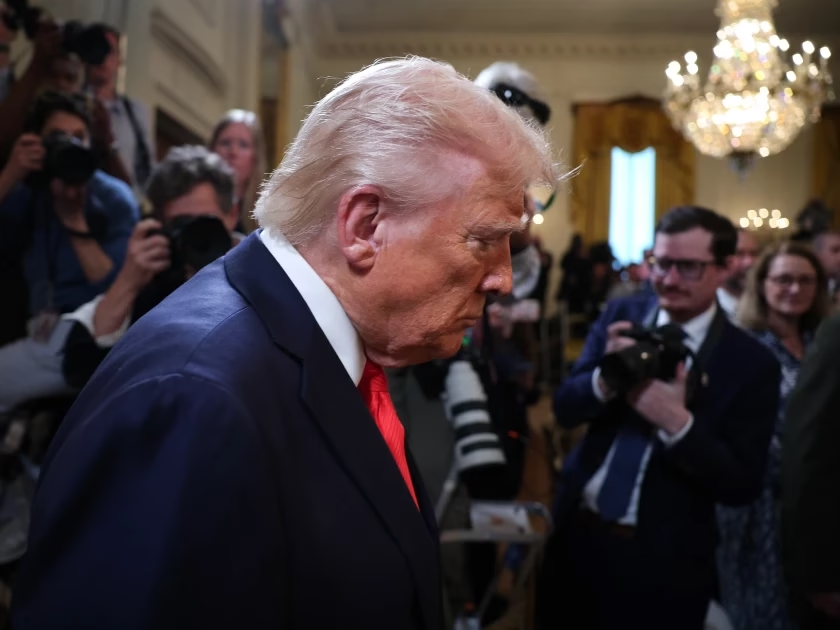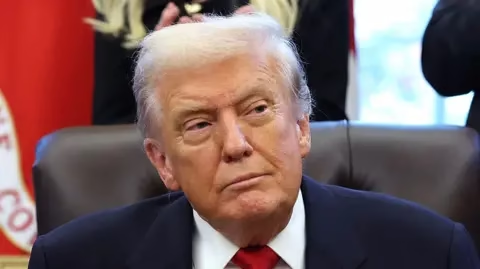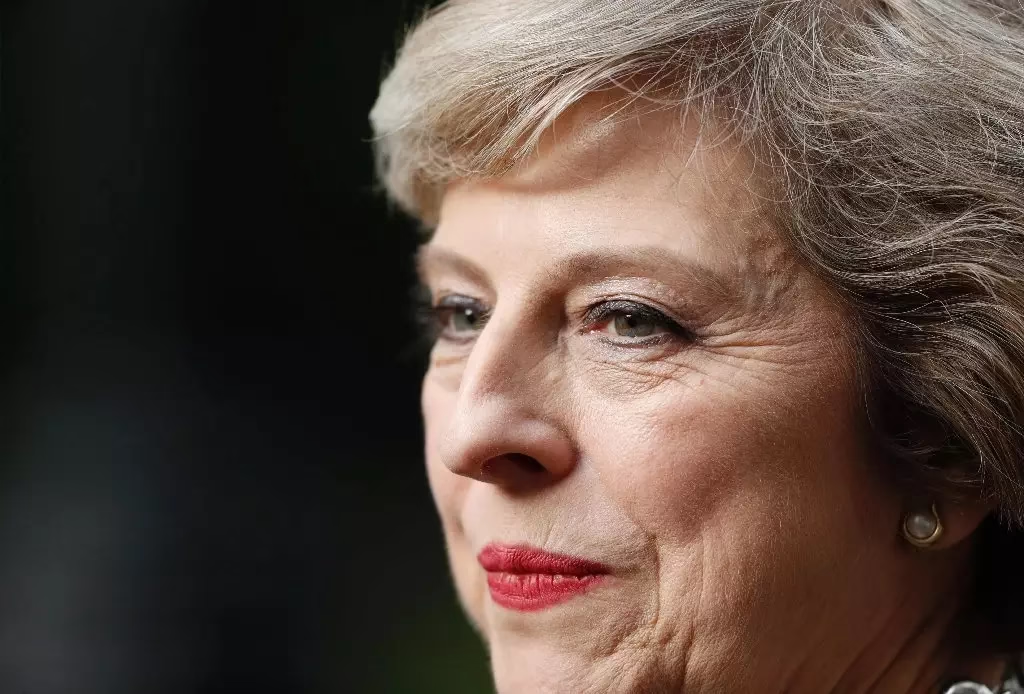Trump just made a major move on trade, announcing a 25% tariff on all foreign-built cars. Any vehicle made in the U.S.? No extra charge. The policy, set to take effect on April 2, is part of a broader strategy he’s been rolling out since returning to office—targeting imports from Canada, Mexico, China, and beyond. It builds on earlier tariffs on steel and aluminum, but this one hits the auto industry directly, affecting foreign-made cars and light trucks.
Naturally, the markets reacted. Wall Street took a hit even before the official announcement, with the Nasdaq falling 2%. Automakers felt it too—General Motors saw its stock drop over 3%, while Ford barely managed to stay in the green. Industry experts are warning that these tariffs could drive up car prices by thousands of dollars, squeeze supply chains, and ultimately impact jobs. About half of the cars sold in the U.S. are imported, with Mexico, Canada, Japan, South Korea, and Germany being the biggest suppliers. That means tensions with key allies are bound to rise.
Trump has been framing this as part of a larger push to bring manufacturing back to the U.S. He’s calling April 2 “Liberation Day” for the American economy and has promised more sector-specific tariffs—possibly on pharmaceuticals and lumber. While he suggested he might offer some exemptions, he was clear that he doesn’t want too many loopholes. Investors had hoped for a softer approach, but the uncertainty around these trade policies is keeping markets on edge.
Legally, Trump is drawing on an older government investigation from 2019, which found that excessive auto imports could weaken the U.S. economy and even pose a national security risk. That gave him the authority to act quickly without launching new investigations. Meanwhile, U.S. trading partners aren’t sitting idly by. The EU’s top trade official has been in talks with Washington, pushing for a more balanced agreement rather than sweeping tariffs.
At this point, the real question is whether these measures will actually strengthen American industry or just ignite another trade war. With more tariffs potentially on the horizon, businesses and global markets are bracing for what comes next.








